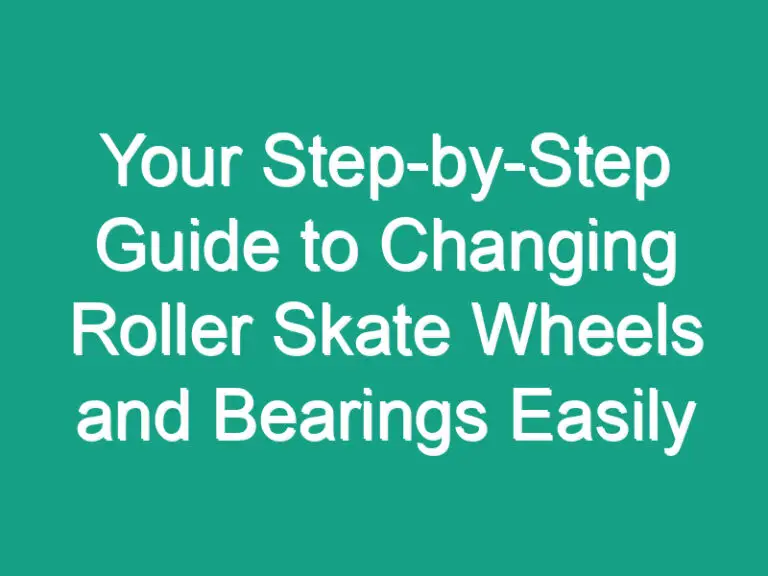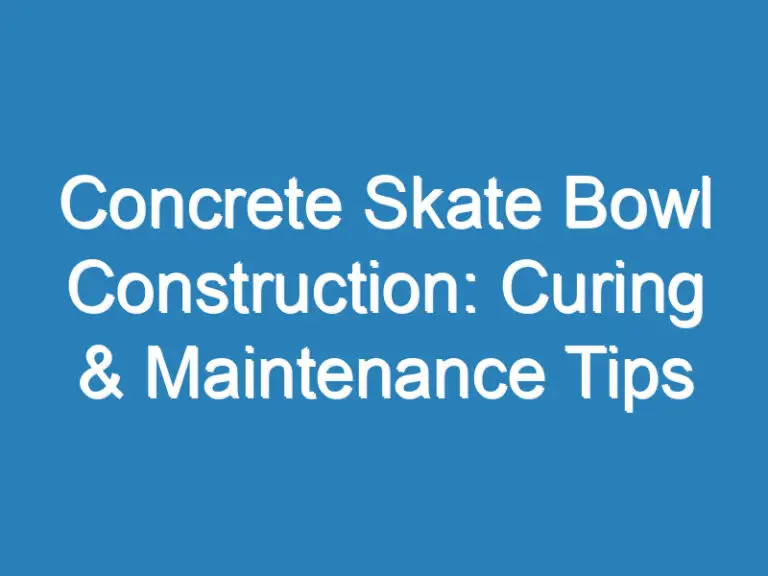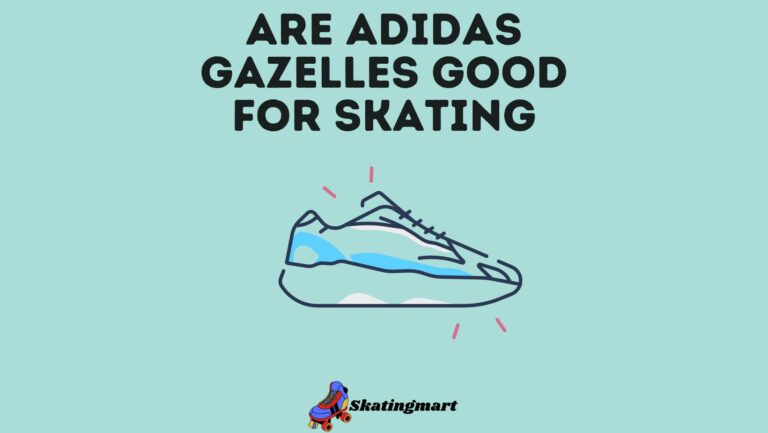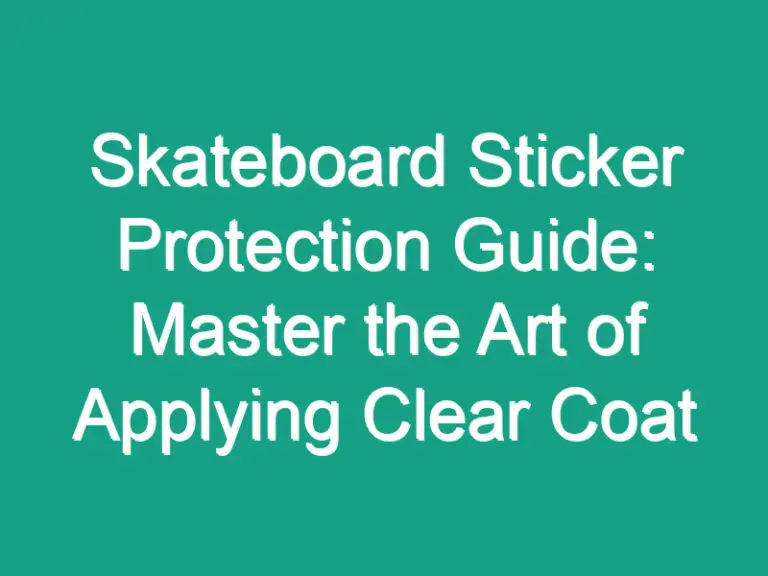
Have you ever wondered how to smoothly go off a curb on a skateboard without losing your balance? As a seasoned skateboarder, I’ve mastered the art of navigating curbs with ease. In this article, I’ll share my top tips and tricks to help you conquer curbs like a pro.
Going off a curb may seem daunting at first, but with the right technique, it can be a breeze. I’ll walk you through the proper stance, foot placement, and weight distribution needed to tackle curbs confidently. Stay tuned to learn how you can effortlessly glide off curbs and elevate your skateboarding skills to the next level.
Whether you’re a beginner looking to improve your curb-riding skills or a seasoned skater aiming to perfect your technique, mastering the art of going off a curb is essential. Join me as I break down the steps to ensure you can smoothly navigate curbs and enhance your skateboarding experience.
Key Takeaways
- Choose the Right Approach Angle: Opt for a perpendicular angle to maintain balance.
- Maintain a Stable Stance: Position feet shoulder-width apart, bend knees, and lean back for stability.
- Execute the Ollie Technique: Pop the board, slide your foot, and align for a smooth descent.
- Balance Your Weight Correctly: Keep center of gravity over the board, bend your knees, and lean forward slightly.
- Practice Makes Perfect: Repetition, starting small, consistency, seeking feedback, and visualization are key to improving curb-riding skills.
Choosing the Right Approach Angle
When it comes to going off a curb on a skateboard, Choosing the Right Approach Angle is crucial for a smooth and successful execution. Here are some key points to keep in mind:
- Angle selection: Approach the curb at a perpendicular angle to minimize the impact on your skateboard and maintain balance.
- Avoid steep angles: Steep angles can lead to loss of control and increase the risk of falling. Opt for shallower angles for a more controlled descent.
- Adjust as needed: Depending on the height and width of the curb, you may need to adjust your approach angle slightly to ensure a safe landing.
- Practice makes perfect: Experiment with different angles during practice sessions to find the approach that works best for you.
Remember, the right approach angle can make a significant difference in how smoothly you navigate curbs on your skateboard.
Maintaining a Stable Stance
When going off a curb on a skateboard, Maintaining a Stable Stance is key to a successful descent. As I approach the edge of the curb, I ensure that my feet are positioned shoulder-width apart for better balance.
To maintain stability, I bend my knees slightly to absorb any impact from the drop-off. This helps in keeping my center of gravity low and distributed evenly between my feet, reducing the risk of tipping over.
Leaning slightly back as I go off the curb also helps in maintaining control and stability. By shifting my weight towards the back foot, I can avoid pitching forward and potentially losing balance upon landing.
Another important aspect of Maintaining a Stable Stance is to keep my eyes focused ahead on where I want to go. This helps me stay oriented and prepared for any adjustments that may be necessary upon landing.
Incorporating these techniques into my approach not only enhances my stability but also allows for a smoother transition off the curb. Mastering the art of maintaining a stable stance can greatly improve the overall experience of navigating curbs on a skateboard.
Executing the Ollie Technique
When it comes to going off a curb on a skateboard, mastering the Ollie technique is essential. Here’s how I execute this fundamental move:
- Positioning: I start by placing my back foot on the tail of the skateboard and my front foot near the middle of the board.
- Pop and Jump: With a quick snap of the tail, I pop the board while simultaneously jumping with both feet.
- Slide and Level: As the board rises, I slide my front foot up towards the nose to level it out in the air.
- Align and Land: I ensure that the board is parallel to the ground before preparing to land with both feet simultaneously.
Executing the Ollie technique smoothly and with proper form can help me navigate curbs with confidence and precision.
Balancing Your Weight Correctly
When going off a curb on a skateboard, it’s crucial to balance your weight correctly to maintain control and stability throughout the maneuver. Here are some essential tips to help you master this aspect of the process:
- Center of Gravity: Keep your center of gravity directly over the board as you approach the curb. This will help you maintain stability and control.
- Bend Your Knees: Flexing your knees slightly will help absorb any impact from going off the curb and allow for smoother transitions.
- Lean Forward Slightly: Shift your weight slightly forward as you approach the edge of the curb. This will help keep the board’s nose up and prevent it from catching on the curb.
- Avoid Leaning Back: Do not lean back too much, as this can cause you to lose balance and potentially fall backward when going off the curb.
- Maintain a Stable Stance: Keep your feet firmly planted on the board and maintain a comfortable and stable stance throughout the maneuver.
By Balancing Your Weight Correctly and following these tips, you’ll be able to navigate curbs on your skateboard with confidence and precision.
Practice Makes Perfect
When it comes to mastering the art of going off a curb on a skateboard, Practice Makes Perfect. The more you practice this maneuver, the more comfortable and confident you’ll become at executing it smoothly. Here are a few key points to keep in mind as you put in the practice:
- Repetition is key: The more times you practice going off a curb, the better you’ll get at it. Each repetition helps you fine-tune your technique and build muscle memory.
- Start small: Begin by practicing on smaller curbs before moving on to larger ones. This gradual progression will help you build your skills and confidence without feeling overwhelmed.
- Stay consistent: Make it a habit to practice regularly. Consistent practice will not only improve your skills but also help you feel more comfortable and balanced when going off curbs.
- Seek feedback: Don’t hesitate to ask for feedback from more experienced skateboarders. They can provide valuable tips and suggestions to help you improve your technique.
- Visualize success: Before attempting to go off a curb, take a moment to visualize yourself successfully completing the maneuver. Visualization can help boost your confidence and focus.
Conclusion
Mastering the art of going off a curb on a skateboard requires dedication and perseverance. By focusing on consistent practice, starting with small curbs, and seeking guidance from experienced skateboarders, you can enhance your skills and boost your confidence. Remember to visualize success before each attempt and embrace the learning process. With determination and a positive mindset, you’ll soon be effortlessly navigating curbs like a pro. Keep pushing yourself, stay committed to improvement, and enjoy the thrill of conquering new challenges on your skateboard.
Frequently Asked Questions
How important is practice in mastering the skill of going off a curb on a skateboard?
Practice is crucial in mastering the skill of going off a curb on a skateboard. Repetition helps build muscle memory and confidence, making the maneuver easier over time.
What is the benefit of starting small when learning to navigate curbs on a skateboard?
Starting small allows skateboarders to gradually build their skills and confidence without overwhelming themselves. It helps in mastering the basics before moving on to more challenging curbs.
Why is consistency essential in practice when learning to go off a curb on a skateboard?
Consistency in practice is key to improving skills and building muscle memory. Regular practice sessions help skateboarders progress steadily and maintain their confidence.
How can seeking feedback from experienced skateboarders help in mastering curb navigation?
Feedback from experienced skateboarders provides valuable insights and tips for improvement. Learning from others’ experiences can help skateboarders avoid common mistakes and enhance their technique.
Why is visualizing success before attempting the maneuver important?
Visualizing success helps skateboarders mentally prepare for the maneuver and boosts their confidence. It allows them to focus on the technique and envision a successful outcome before trying it in real life.

Hi, This is Roasalin, I have loved Skating since my early childhood days, and here I share my experiences and tips for beginners who want to turn into pro skaters. I hope you find it useful. you can contact me here






